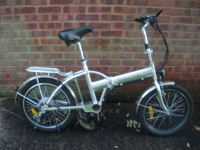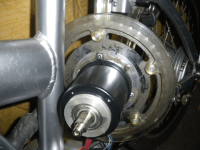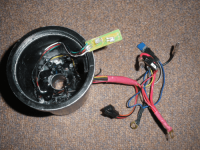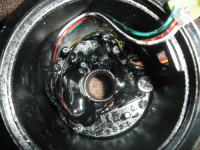ChrisOfBristol
1 mW
- Joined
- Oct 1, 2016
- Messages
- 17
I have a Verteci electric bicycle. It's not working and I'm confident that this is because of a controller fault. It's hidden away in a large metal tube inside the bottom bracket.
It's not working and I'm confident that this is because of a controller fault. It's hidden away in a large metal tube inside the bottom bracket. 
It's not clear to me how this is dismantled and I'm reluctant to use any force on it until I'm sure.
Is anyone familiar with this arrangement on this or a similar electric bicycle?
 It's not working and I'm confident that this is because of a controller fault. It's hidden away in a large metal tube inside the bottom bracket.
It's not working and I'm confident that this is because of a controller fault. It's hidden away in a large metal tube inside the bottom bracket. 
It's not clear to me how this is dismantled and I'm reluctant to use any force on it until I'm sure.
Is anyone familiar with this arrangement on this or a similar electric bicycle?



